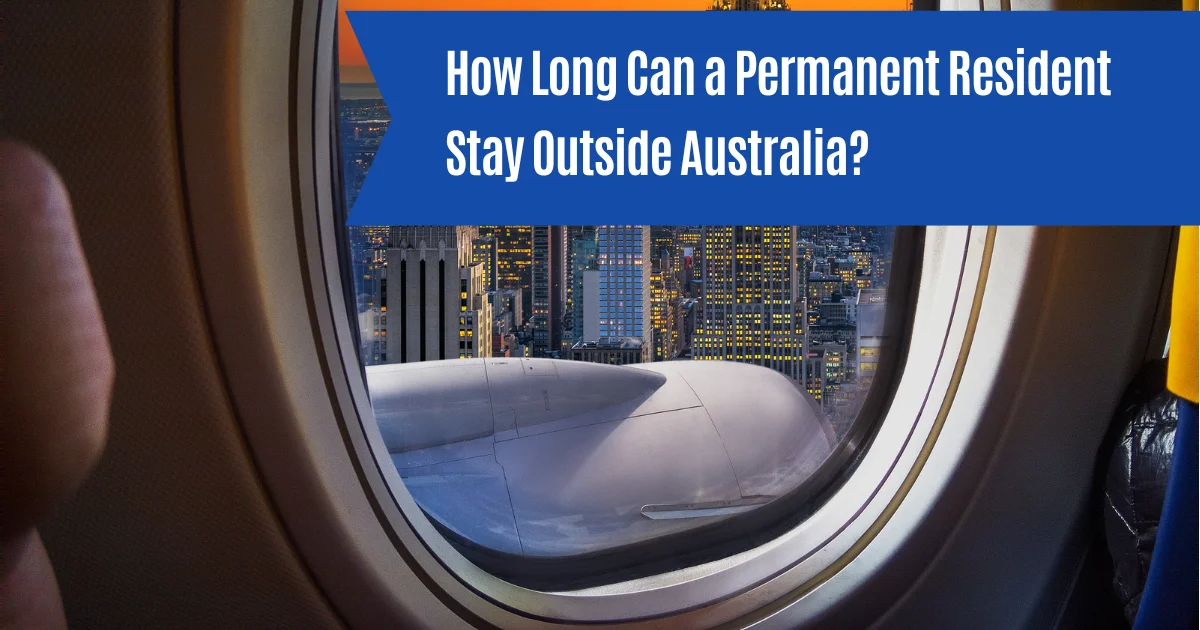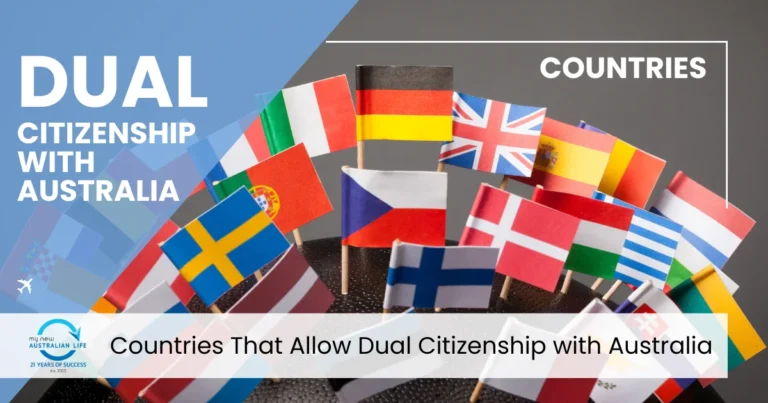As a permanent resident (PR) of Australia, there are certain rights and responsibilities that come with your status, including the ability to live, work, and study in Australia indefinitely. However, when it comes to travel, there are specific guidelines on how long you can stay outside the country while maintaining your permanent residency status.
Key Points to Consider
- Travel Facility Expiry
- Returning Resident Visa (RRV)
- Re-entry Ban or Issues
- Maintaining PR Status
Let’s dive into these important details so you can plan your trips and avoid any complications with your PR status.
What Is a Travel Facility for Permanent Residents?
When you become an Australian permanent resident, your visa typically includes a 5-year travel facility, which allows you to leave and re-enter Australia as a PR during that time. However, once this facility expires, you will not be able to re-enter Australia as a PR unless you apply for a Returning Resident Visa (RRV).
Key Facts:
- The 5-year travel facility begins from the date your permanent residency visa is granted.
- After this period, you’ll need to renew your travel rights with an RRV if you plan to travel outside Australia.
How Long Can You Stay Outside Australia as a Permanent Resident?
There is no strict time limit on how long a permanent resident can stay outside Australia; however, you must maintain ties to Australia, such as family, employment, or business, to ensure you are eligible for an RRV if your travel facility has expired.
Returning to Australia After Extended Periods
- Less than 5 years outside Australia: If you are outside Australia and your travel facility is still valid, you can return freely.
- More than 5 years outside Australia: If your travel facility has expired while you are outside the country, you must apply for an RRV to re-enter.
What Is a Returning Resident Visa (RRV)?
If your travel facility has expired, you will need to apply for an RRV (Subclass 155 or 157) to maintain your permanent residency status when re-entering Australia.
Eligibility for an RRV:
- Subclass 155: If you have lived in Australia for at least 2 years in the last 5 years, you will be eligible for a 5-year RRV.
- Subclass 157: If you have lived in Australia for less than 2 years but can demonstrate close ties (family, business, or cultural) to Australia, you may receive a 3-month RRV.
People Also Read: Resident Return Visa (RRV) Australia
How to Maintain Your Permanent Residency
It’s crucial to maintain “substantial ties” to Australia to ensure your eligibility for an RRV. Some ways to demonstrate these ties include:
| Type of Tie | Description |
|---|---|
| Personal Ties | Having immediate family members in Australia. |
| Employment Ties | Working for an Australian company or having a job offer in Australia. |
| Business Ties | Owning or managing a business in Australia. |
| Cultural Ties | Participating in cultural or community activities that contribute to Australia. |
If you have not maintained sufficient ties to Australia, you may face difficulties when applying for an RRV and could risk losing your permanent residency status.
Re-entry Ban or Issues
If you stay outside Australia for an extended period without maintaining ties, you could face re-entry complications. You may need to provide substantial evidence showing your connection to Australia or risk having your RRV application denied.
In some cases, failing to return within a reasonable time may lead to complications in maintaining your PR status. This could result in the need to reapply for permanent residency through other visa categories, which can be time-consuming and costly.
How to Apply for an RRV
- Online Application: You can apply for an RRV through your ImmiAccount on the Department of Home Affairs website.
- Documents Required:
- Proof of residence in Australia (utility bills, lease agreements, etc.)
- Evidence of personal, business, or cultural ties.
- Processing Time: Processing times vary depending on the complexity of your case but generally range between 2 days to 2 months.
Why Is Maintaining PR Status Important?
Maintaining your PR status is crucial for reaping the long-term benefits of Australian residency. These include:
- Access to Medicare and other public health services.
- Employment rights that allow you to work in any sector or profession.
- The ability to sponsor eligible relatives for visas to come to Australia.
- A pathway to Australian citizenship, which is typically available after holding PR for a certain period.
Can You Lose Your Permanent Residency?
Yes, you can lose your permanent residency if you fail to return to Australia or renew your travel facility in time. However, losing your PR status does not happen automatically—it is usually a result of prolonged absence without demonstrating a commitment to returning.
FAQs: Staying Outside Australia as a PR
| Question | Answer |
|---|---|
| Can I stay outside Australia indefinitely as a PR? | Technically, yes, but without renewing your travel facility (after 5 years), you cannot re-enter Australia without an RRV. |
| How do I apply for an RRV if I am outside Australia? | You can apply for an RRV online through your ImmiAccount from anywhere in the world. |
| What happens if my RRV is refused? | If your RRV is denied, you may need to apply for a different visa to re-enter Australia or consult immigration specialists. |
Being an Australian permanent resident comes with significant benefits, including the freedom to travel outside the country. However, it’s essential to keep track of your travel facility’s expiry and maintain sufficient ties to Australia to ensure you can return as a PR. Applying for an RRV when needed and staying informed about visa conditions will help protect your residency status for the long term.
At My New Australian Life, we understand that navigating the complexities of Australian permanent residency can be overwhelming. Whether you’re planning to travel outside the country or need help renewing your visa, we’re here to provide the support and guidance you need. Our team of migration experts is dedicated to helping you make informed decisions about your future in Australia. Visit our website to explore personalized advice, services, and resources that can simplify your migration journey and ensure you stay on track with your Australian residency.






